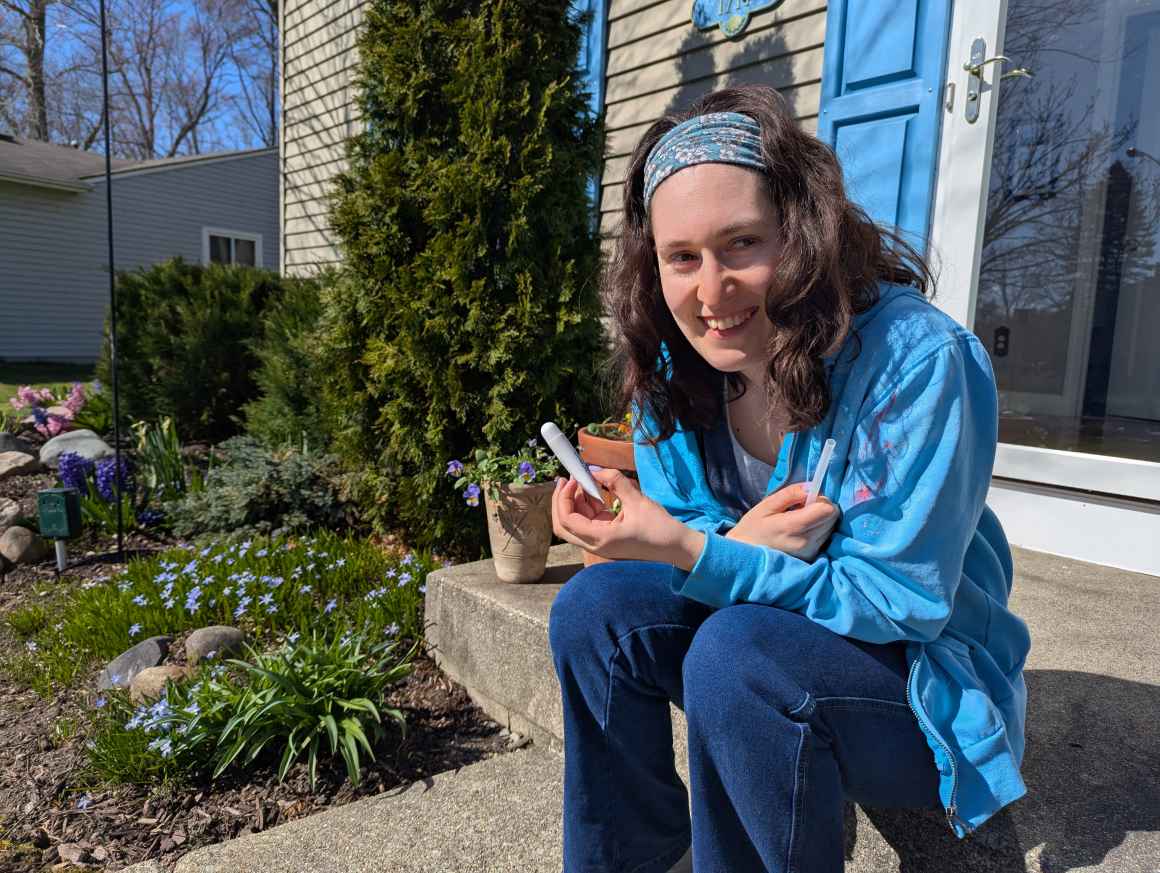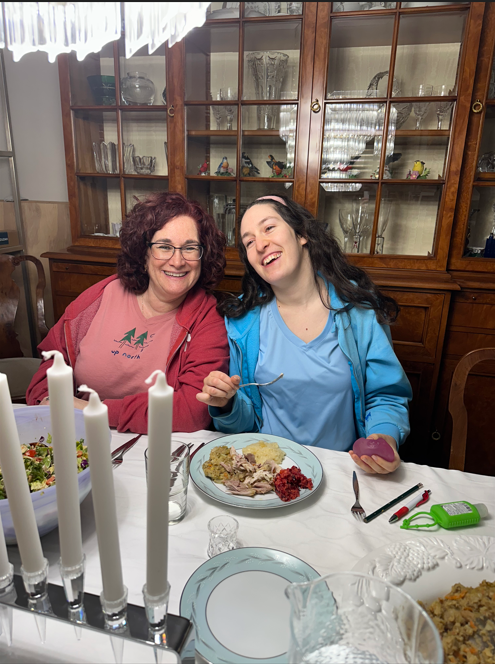By Tali Wendrow
Looking at media reports of Medicaid being cut by about $1 trillion over the next decade, I feel an overwhelming sense of dread.
An estimated 11 million people with low incomes could be losing their health care coverage as the result of legislation President Trump signed into law this month. As devastating as that number is, it falls short of conveying the full extent of calamity that’s surely coming. In addition to concerns over losing health care coverage, an untold number of disabled people – and their families – are now living with a heightened fear of what the future will bring even if they are able to retain their government-provided medical insurance.
As the mother of an adult with autism and a seizure disorder, I’m speaking from personal experience.
In addition to covering doctor, hospital and prescription-medicine bills, Medicaid – through its Home and Community Based Services program – also pays for the caregiver who allows our 32-year-old daughter, Aislinn, to maintain a much-needed sense of independence, and to live as full and happy a life as possible given all she has to deal with.
No matter how good the relationship is, no person in their 30s, including our daughter, wants to have their parents as their only companions. Olivia, the caregiver who works with us, is around the same age as our daughter, so she is more like a peer. She is helping Aislinn learn to do daily activities such as laundry and preparing meals, skills our daughter will need when the day comes that my husband and I are no longer able to provide her a home.
Olivia does other things with Aislinn that I might not be free to do, such as accompanying her to the gym, where she needs help washing up and getting dressed after exercising. Because Aislinn is non-verbal, and at risk from strangers, Olivia also accompanies Aislinn on field trips to museums and other places visited by clients of the non-profit organization that offers a place for Aislinn to engage in activities and socialize.
But it is not only my daughter, and millions of other people with disabilities, who benefit from these programs. I can tell you that, from what I’ve experienced firsthand over the years, this vital assistance greatly improves the quality of life -- not just for the person receiving the care, but for their family members as well.
And it's not just families on low incomes.

Harm Multiplied
I’m an attorney. My husband, who’s nearing 70, is a retired contractor. We are comfortable financially. Even so, our lives would be completely upended if funding that pays for the caregiver, who’s with Aislinn three days a week, is lost due to cuts.
What would happen?
For starters, I’d probably have to quit my job to provide Aislinn with the full-time care she needs, drastically affecting the quality of life we all currently enjoy. And it’s not just the severe financial hit we’d have to endure.
Any family member who’s provided care for a loved one over a long period of time needs no explanation as to how important it is to their own well-being to have help. No matter how much you love a person, providing constant care can be physically and emotionally exhausting. For those fortunate enough to have avoided walking in those shoes, I can only say that it can be very, very difficult.
Also incredibly difficult is accepting the fact that even a single politician, let alone a majority in the U.S. Senate and House of Representatives, voting along party lines, would prioritize tax cuts for the wealthy over providing critical care and services to disabled people in need.
But that’s exactly what just happened.
About $6 of every $10 in tax breaks will go to the top 20% of households, or people who earn incomes of about $217,000 or more, a study by the non-partisan Tax Policy Center found. Put another way, the average tax savings for people earning less than $35,000 a year will be $150. For the top 1% – people earning more than $1.1 million annually – the reduction in taxes tops $75,000 a year.
Those tax cuts will kick in quickly. The Medicaid cuts, which are certain to produce widespread ire once people begin experiencing the massive harm the reductions will generate, mostly won’t be implemented until after the 2026 midterm elections are held. This cynical ploy was made so that the politicians who passed this cruel legislation won’t have to face the wrath of voters next year.
Shredded Social Safety Net
Along with everything else, the coming Medicaid cuts– and the shredding of social safety nets they reflect – only adds to the unfathomable concern felt by any parent who wonders how a disabled child will survive once those parents are no longer available to provide care.
That is where the real dread comes, as well as the incredible motivation to keep advocating for our loved ones, and fighting for the programs they – and their families – desperately need.
Already an uphill battle, it just became even more daunting and difficult. But fight on, we will, because there’s really no other choice.
But together, we can make our voices heard with our vote come the midterms. Then, hopefully, we can hold to account the politicians who voted to cut Medicaid for people like my daughter and millions of others, and put into office people committed to helping improve the quality of care – and life – for people with disabilities, and their families.
